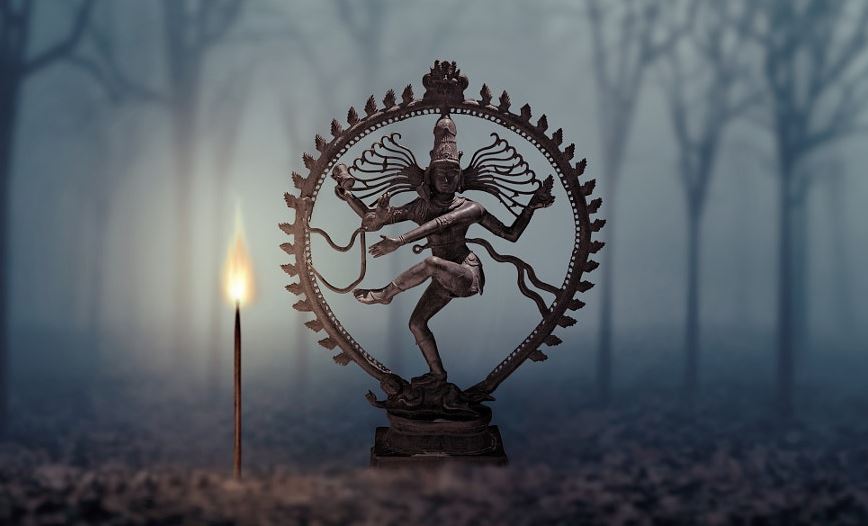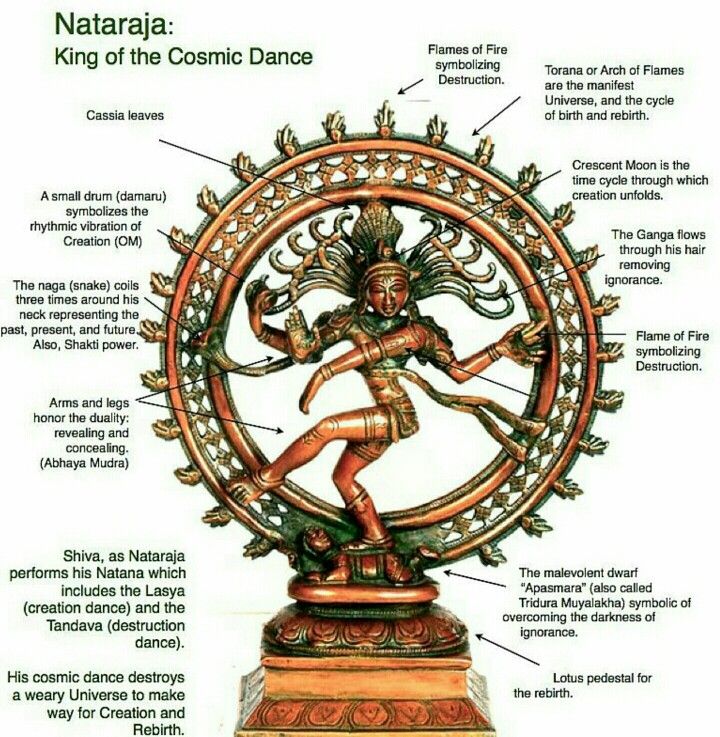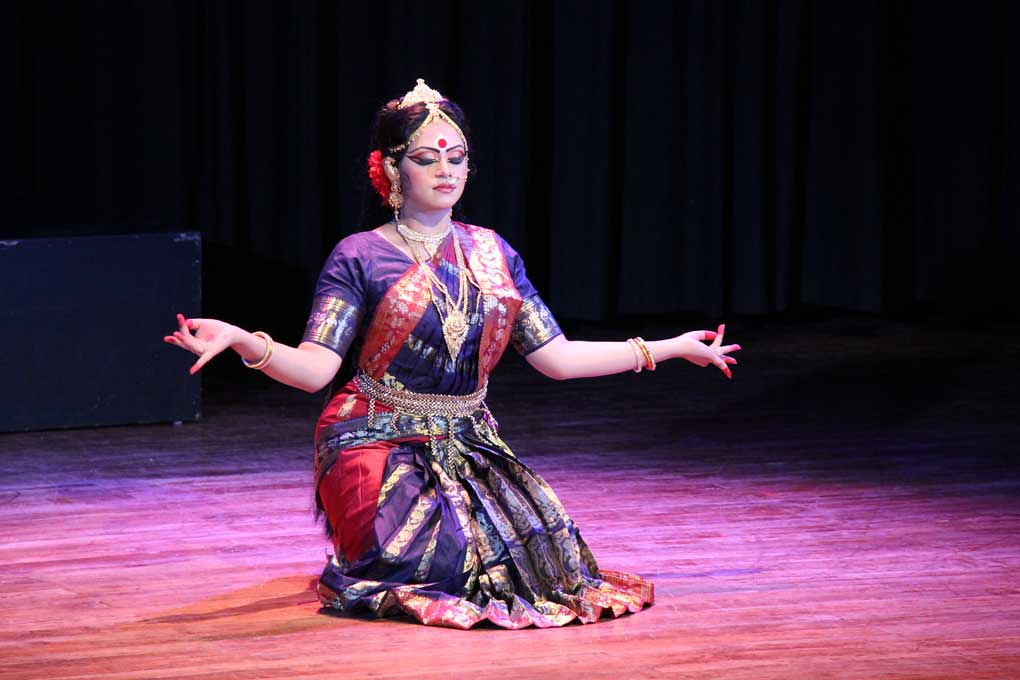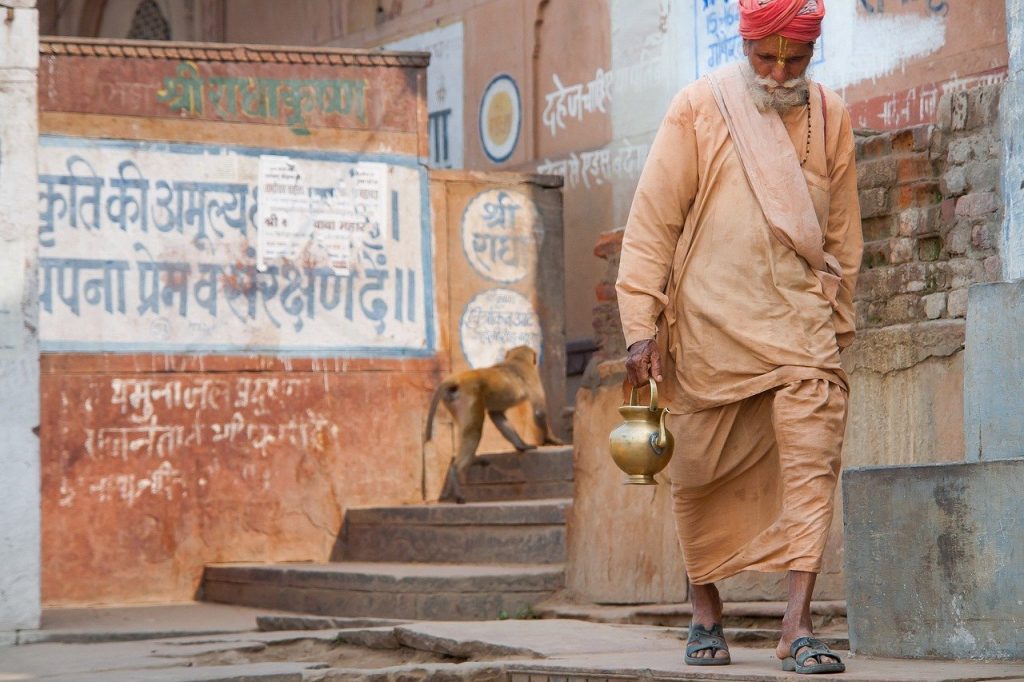Today is celebrated as International Dance Day, on the anniversary of the birth of Jean-Georges Noverre, the creator of modern ballet.
Closer home, in India, there is no official Dance Day, but I guess we never needed it.
Just a glimpse of the Nataraja, is enough to know how deep-rooted classical dance has been in our culture.

The नाट्य शास्त्र, (Nāṭyaśāstra), of Bharata Muni, was compiled five centuries before Christ, and is the primary reference text for Indian classical dance.
The root of the word Nāṭya is Naṭa (नट) which means “act, represent”. The word Śhāstra (शास्त्र) means “precept, rules, manual, compendium, book or treatise”.
The Natya connects through abhinaya, that is applying body-speech-mind and scene, wherein asserts Natyashastra, the actors use two practices of dharmi (performance), in four styles and four regional variations, accompanied by song and music in a playhouse carefully designed to achieve siddhi (success in production).
Drama in this context, is an art to engage every aspect of life, in order to glorify and gift a state of joyful consciousness.
As with everything ancient, there was no disconnect between disciplines. Dance, music, art – all melted together to weave an tapestry of life, that was more fulfilling than what we currently experience.
And so today, on International dance day, I bow to all the Gurus of dance, for achieving siddhi in nāta is not an easy journey. But fulfilling, yes it is.

I also reproduce a related article that I wrote last year, on the discipline involved in learning. And learning can mean any art form, not just dance.
The fundamentals of deep learning are similar, be it dance or karate – vivekā, vairāgyā, shat–sampat and mumukshutva.
Read more about this below.
आदौ नित्यानित्यवस्तुविवेकः परिगम्यते ।
इहामुत्रफलभोगविरागस्तदनन्तरम्
शमादिषट्कसम्पत्तिर्मुमुक्षुत्वमिति स्फुटम् ॥ १९ ॥
ādau nityānityavastuvivekaḥ parigamyate |
ihāmutraphalabhogavirāgastadanantaram
śamādiṣaṭkasampattirmumukṣutvamiti sphuṭam
from Vivekacūḍāmaṇi, written by Jagadguru Adi Śaṅkarācārya
First is enumerated discrimination between the Real and the unreal; next comes aversion to the enjoyment of fruits (of one’s actions) here and hereafter; (next is) the group of six attributes; and (last) is clearly the yearning for Liberation.
Knowing the goal is important, but equally important is knowing the path to get there. Adi Shankara, in his Vivekachudamani (prakaraṇa grantha or teaching manual) has laid out the Sādhana-Catuṣṭaya (Sadhana Chatushtaya) -the four fold path of practice for seeking spiritual liberation. The four disciplines are vivekā, vairāgyā, shat–sampat and mumukshutva. Today, I will look at some aspects of this śloka, in the context of learning and self-discipline, rather than spirituality.
Students have to learn to discriminate between what is important and helpful in their educational pursuits, and onward career development, and reject the rest.

If your aim is to become an engineer, your mind should be focused on seeking everything that is essential towards fulfilling that goal. If you are training to be a classical dancer or a martial artist, your practice should be intense, and your mind should be tuned to recognising the right food, the right amount of rest, and the right knowledge that is essential to complement your practice.
Knowing the right from the wrong requires discrimination, and this is vivekā. The process of rejecting what is unnecessary, and what doesn’t contribute towards your progress towards the goal, is vairāgyā.

Shat-sampat loosely translates into six treasures. Every personality development workshop there is surely talks about these six attributes – śamaḥ,damaḥ,uparama,samādhāna,śraddhā and titikṣā.
Śama – keeping calm under any circumstance.
A large part of student life goes in experiencing pressure – the pressure of performance, the pressure of constant exams, the pressure of achieving campus placements and the pressure of landing a good job. Learning how to keep calm is essential – for only a calm mind can think clearly. Nothing is lost if you get less marks, or get a lower rank – you can still make it up, provided you keep your composure, learn from your mistakes, and work harder the next time around.
Dama – The restraint of the sense organs.
Śama is the inner restraint (of the mind), and dama is the external restraint. Our sense organs (sight, hearing, smell, taste and touch) are the means through which we experience the world. Every product that is sold out there, be it movie, or a device, or food, or clothes – they all in some way engage our senses. This is also why we find it so difficult to control ourselves – we always more more of everything.
Practising dama is critical for self-discipline. Yes, that Netflix series is enticing, everyone has been talking about it – but it may be more prudent to engage your senses in completing your studies for the upcoming exam. This is dama.
Uparama – Upa is above, and rama – is enjoyment. Uparama is a consequence of śama and dama.

Where you go beyond fickle pleasures, and get prepared for a higher state of bliss. No matter how many movies you see, or how many ice-creams you eat (if you like ice-cream that is), there is no end to it. We always want more.
न जातु काम: कामानामुपभोगेन शाम्यति ।
हविषा कृष्णवर्त्मेव भूय एवाभिवर्धते
na jātu kāmaḥ kāmānām upabhogena śāṁyati
haviṣā kṛṣṇa-vartmeva bhūya evābhivardhate
Desire cannot be quenched by the fulfilment of desire. Desire increases by its fulfilment, as when clarified butter is poured over fire it increases the ferocity of the flame; it does not make it cease.
Yoga is an active process and requires pravṛtti , whereas Jnana nivṛtti requires the avoidance of any action. At Uparama, actions also come to a standstill, but attaining wisdom remains the focal point. Uparama occurs as soon as our senses and our minds stop getting distracted and start to truly concentrate on the goal. This is the state you achieve when you enjoy your studies, you immerse yourself in dance and you focus on BECOMING THE PUNCH, in martial arts.
Titikṣā is perseverance, patience, tolerance.
Everything cannot be the way you want it to be. What you can change – change it. What you cannot change – requires tolerance to bear it. Yoga is not about avoiding situations – it is about persevering through them. As a student, or at work, there are many circumstances that are adverse – you cannot control them. Titikṣā is the quality that helps you go through the situation, without suffering or complaining. As the saying goes
“Give me the power to change what I can, the will to bear what I cannot, and the wisdom to know the difference.”
Śraddhā is devotion. śrat – our truth, and dhā – or hold (in the heart). Śraddhā is that deep truth that you hold in your heart – your truth – which may be different from mine and anyone else’s truth. It is what you truly believe in, regardless of your religious practices. Śhraddhā is also used to describe intense devotion – to your God, to your work, to anything that you work hard to attain. As a student, unless you are intensely devoted to your goal, you will not be able to learn. A degree you may achieve though strategic study yes, but knowing the subject and being the best that you can at it comes from śraddhā. There are black belts, and BLACK BELTS – being the latter requires śraddhā.

Samādhāna is intense concentration of the mind. Pure focus – of Arjuna holding the bow, aiming at the target – not the bird on the tree – but just seeing the eye. Learning any skill, or art, requires samādhana – being the best at work, and achieving the flow – also requires samādhana. Meditation helps in building samādhana, and is equally important to the student as it is to a spiritual seeker.
Sama, dama, uparati, titiksha, sraddha, samadhana are the six virtues, the six treasures will help you become calm from the inside, and help you focus your efforts towards your goal. The icing on the cake – the final cog in the wheel, is mumukshutva – or intense longing to reach the goal. That is all what’s required, and it sounds so easy. It is.
The only problem is – your desire to reach the goal should be intense enough.
So intense that it is all you can think of, from the bottom of your heart, from every cell of your body, from every inch of your mind – what you truly desire with such intensity – is always fulfilled. If it isn’t, then you just didn’t want it enough:)
